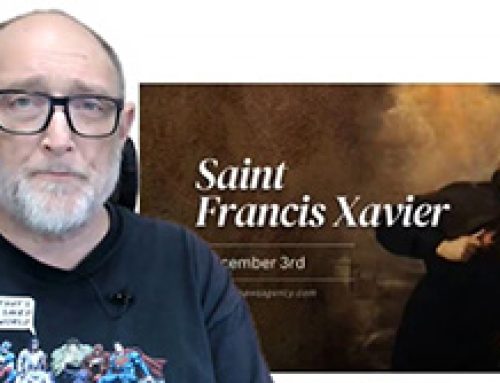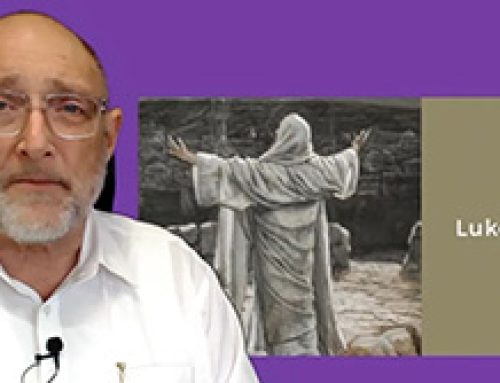Fr Paul Gooley reads from the Gospel of Luke (1: 26-38) in which Mary is greeted by the Angel Gabriel saying “Rejoice so highly favored! The Lord is with you” and she responds to God’s request saying, “I am the handmaid of the Lord, let what you have said be done to me”.
Fr Paul says the Annunciation, which is also called Annunciation to the Blessed Virgin Mary or Annunciation of the Lord is the announcement by the angel Gabriel to the Virgin Mary that she would conceive a Son by the power of the Holy Spirit and that Son is to be called Jesus (Luke 1:26–38). The angel’s pronouncement is met with Mary’s willing consent (“Here am I, the servant of the Lord; let it be with me according to your word”) and thus precipitates the Incarnation of Christ and his redemption of the world.
The Feast of the Annunciation is one of the principal feasts of the church and is celebrated on March 25, nine months before Christmas. The first authentic mentions of the feast, apart from the Gelasian and Gregorian sacramentaries, both of which mention the feast, are in acts of the Council of Toledo (656) and of the Trullan Council (692). The Annunciation had a particularly important place in the arts and church decoration of the early Christian and medieval periods and in the devotional art of the Renaissance and Baroque.






Leave A Comment